An Olympic Games First: It’s a Purple Track
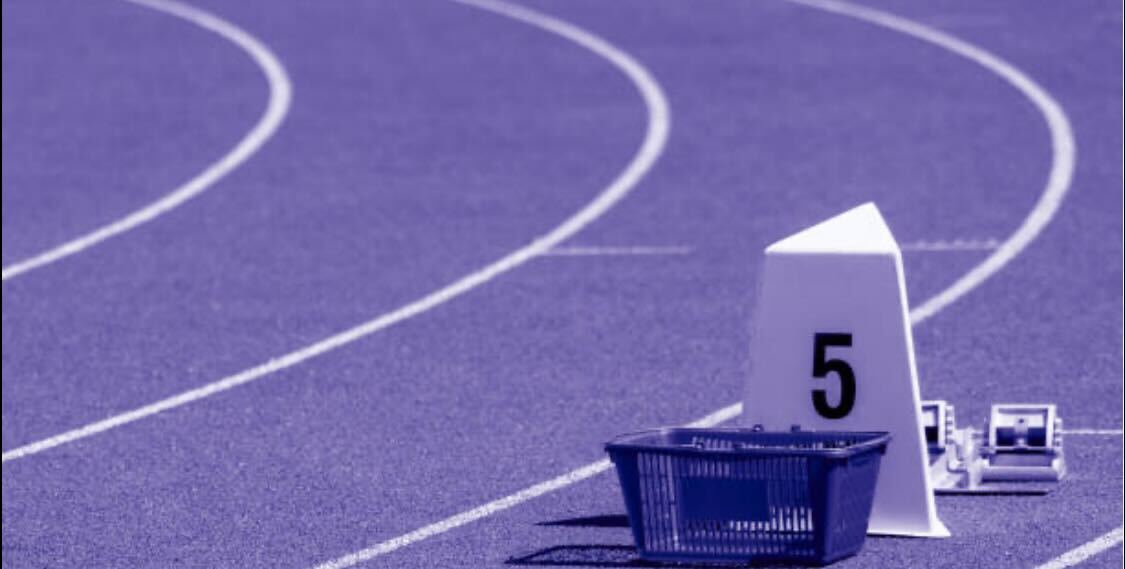
For the first time in Olympic Games history, the athletics track is purple.
In April 2024 the Stade de France and the organisers of the Paris 2024 Olympic Games revealed images of the track being laid in this statement colour, and now athletes competing at the Games have had their first chance to run on it.
What will this mean for track and field athletes, and for us supporters watching in the stadium and at home?
Paris Turns Purple
Paris last hosted the Olympic Games in 1924, when the track inside the Stade Olympique Yves-du-Manoir was ash-grey cinder.
That Paris track was similar to the one used at the very first modern Olympics held in Athens in 1896. Things began to change after Paris 1924, and the cinder track at the 1928 Olympic Games was the familiar brick-red colour. The cinder remained until it was replaced by red synthetic track from the 1968 Olympics. Whether cinder or synthetic, the famous red track has created countless iconic sporting moments.
There are no regulations as to the colour of an athletics track, and the host Olympic organising committee are able to choose whatever colour they want, which is what happened at the 2016 Games in Rio, where they had a blue track – the first time that a red synthetic track wasn’t used.
For Paris 2024, organisers selected two shades of purple, plus one of grey which recalls the colour of the track from 100 years ago (two fun facts about that 1924 track: it was 500m long, the last time an Olympic track was a distance other than 400m; and the runs of Harold Abrahams and Eric Liddell on that track inspired the film Chariots of Fire).
Over 13,000m2 of track has been laid in the Stade de France, with more than 2,800 pots of purple glue used to fix it in place. It certainly looks striking and impressive, but what really matters is how the athletes will respond to it.
What Will Athletes Think?
We asked two-time Olympian – and our boss! – Andy Baddeley what he thought about the colour of the track, and how he’d feel running on it.
“Most people grow up with the traditional red track,” says Andy, who ran at Beijing 2008 and London 2012. “I’ve run on blue tracks, a green track, black tracks in US high school facilities, but never purple. It’s definitely strange to run on a purple track but as an athlete I would be really excited to run on it. ”
While athletes will hope that the track performs as they expect, Andy emphasised that the uniqueness of it, and of the Olympic experience in general, might be just as impactful on performances as the way the track looks.
“I definitely think there’s an element of psychology, especially when you’re doing something unique and special like running at the Olympics. Tracks get faster year on year, and along with developments in running spikes and supershoes, the evolution of speed comes from the evolution of technology, both in the shoes and in the track surfaces. There are conversations around certain tracks being fast, and I wonder if colour plays into people’s perceptions of speed.”
Maybe the colour will have a psychological benefit because purple is a mix of energetic red and calming blue, and is thought to bring emotional harmony. Purple also has a history as a colour which is perceived as courageous, brave, powerful, and creative. Will that also allow a boost to running performances?
Whether it does or not, Andy is excited to see it. “The purple will look bonkers on TV. I think it will be a really cool thing for spectators.”
The Story of the Track
Ever since 1972, Italian company Mondo has manufactured the athletic track for every Olympic Games. Now new research is also hopefully improving the quality of the track and how it works for athletes, as well as how it looks.
“We are focusing on the dynamic connection between the track and a new generation of shoes,” explained Alessandro Piceli, research and development manager at Mondo. “For the track, [many people] only see the aesthetics, but there is great work that goes into the underlayer.”
By combining the work of mathematicians, engineers, chemists and physicists, alongside professional athletes, track innovation is constantly aiming to help athletes run faster times. To achieve that, Mondo’s all-weather track consists of a lower layer composed of a geometric structure that provides shock absorption, energy storage and energy return. The top layer of coloured rubber is compressed when an athlete’s foot hits it, absorbing the impact and converting the stored energy into forward momentum, minimising impact and vibration, and hopefully improving athletic performance.
It’s not just the colour of the track in Paris which is worth celebrating, as it’s made with 50% renewable and non-fossil products, according to Olympics.com, as well as using a more sustainable production process.
It’s also consciously designed for Paralympians. “Since it’s made of rubber, there is a good interaction between the track and wheelchairs that guarantees good grip and resistance,” said Giorgio Lesage, Mondo’s innovation and sustainability director. “Paralympic athletes are very satisfied. Prosthetics are more aggressive on the track, but the quality of our product allows its use without any issue.”
Will It Be A Record Breaking Track?
This is not the only purple running track in the world, with several North American colleges laying lanes in the colour of their track and field teams, including Kansas State University, West Chester University, and Western University, but this is a unique purple designed just for the Stade de France, and purple is a first for the Olympic Games.
One thing’s for sure: it’s going to be visually striking for all the athletes, for the 74,000 fans in the stadium, and for the billions of us watching from home. But will it also be record-breaking?



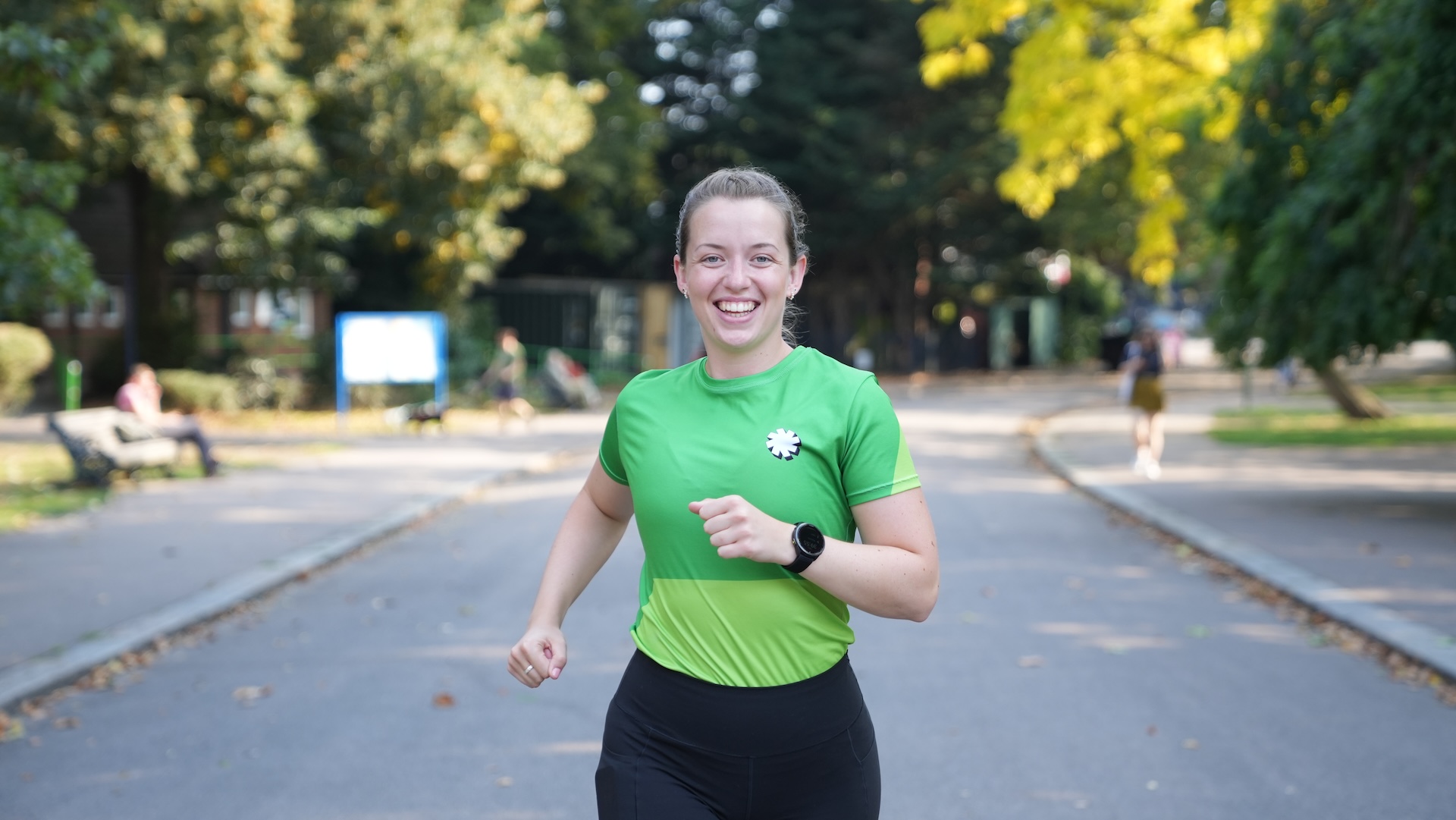
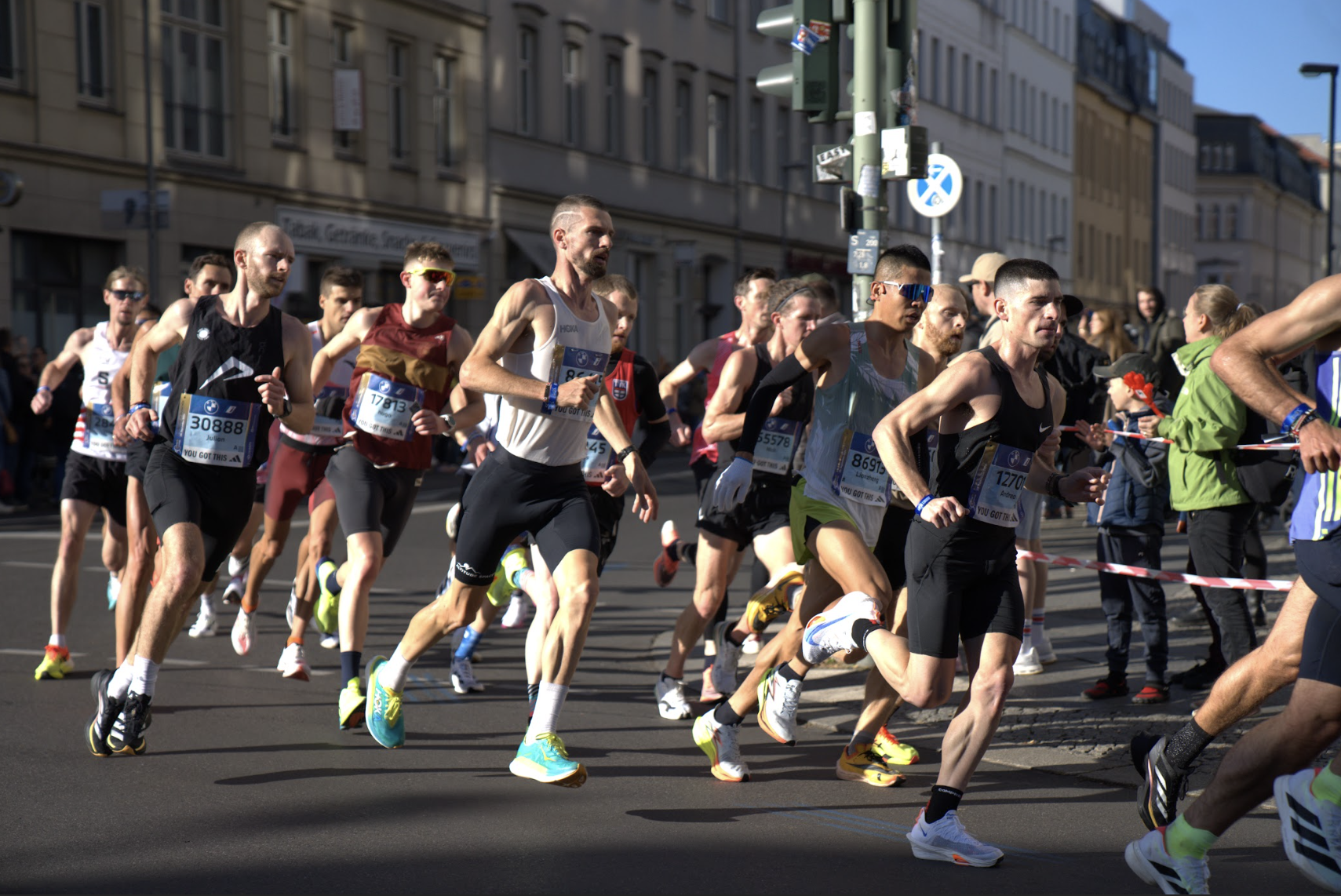
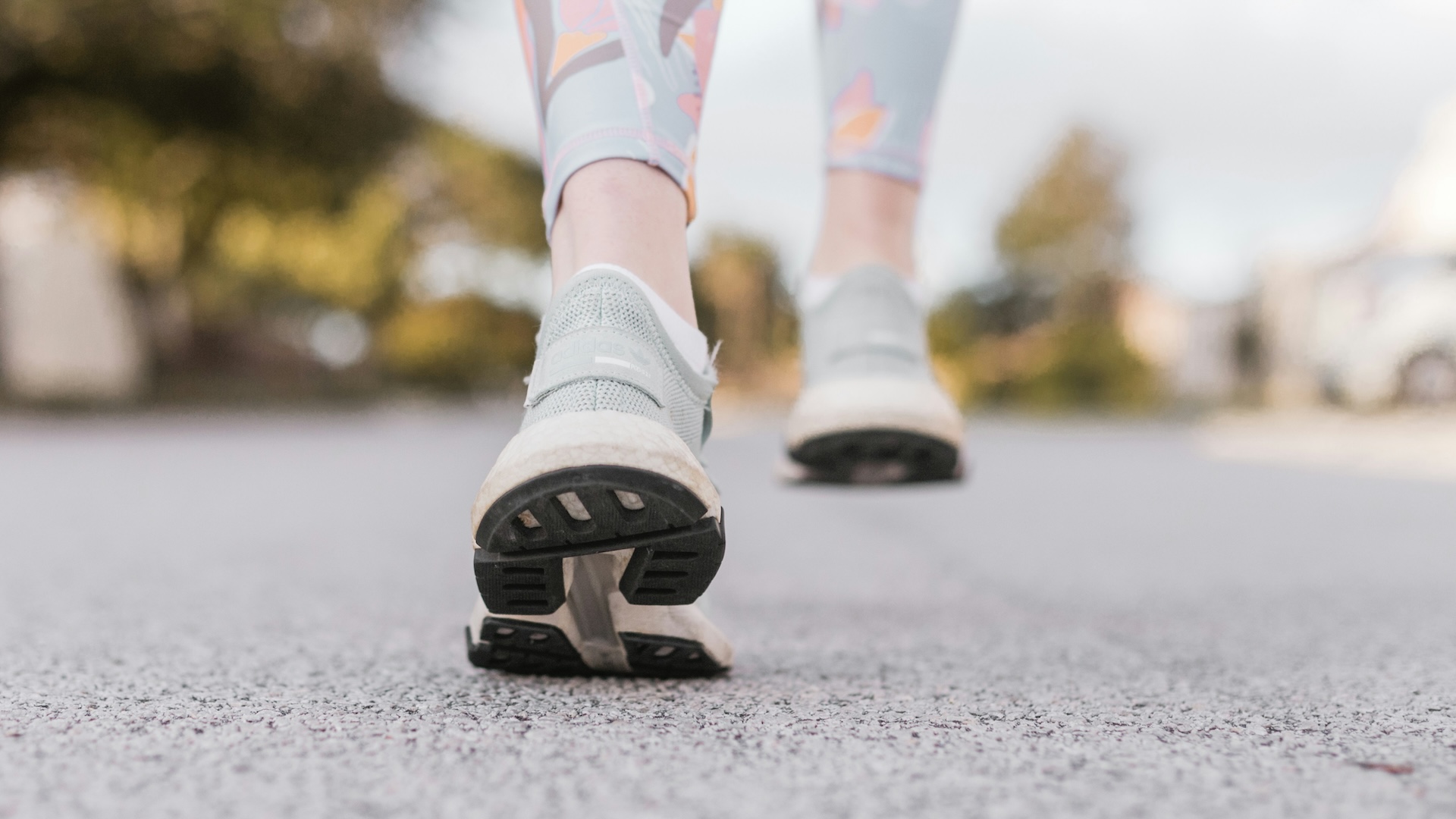




















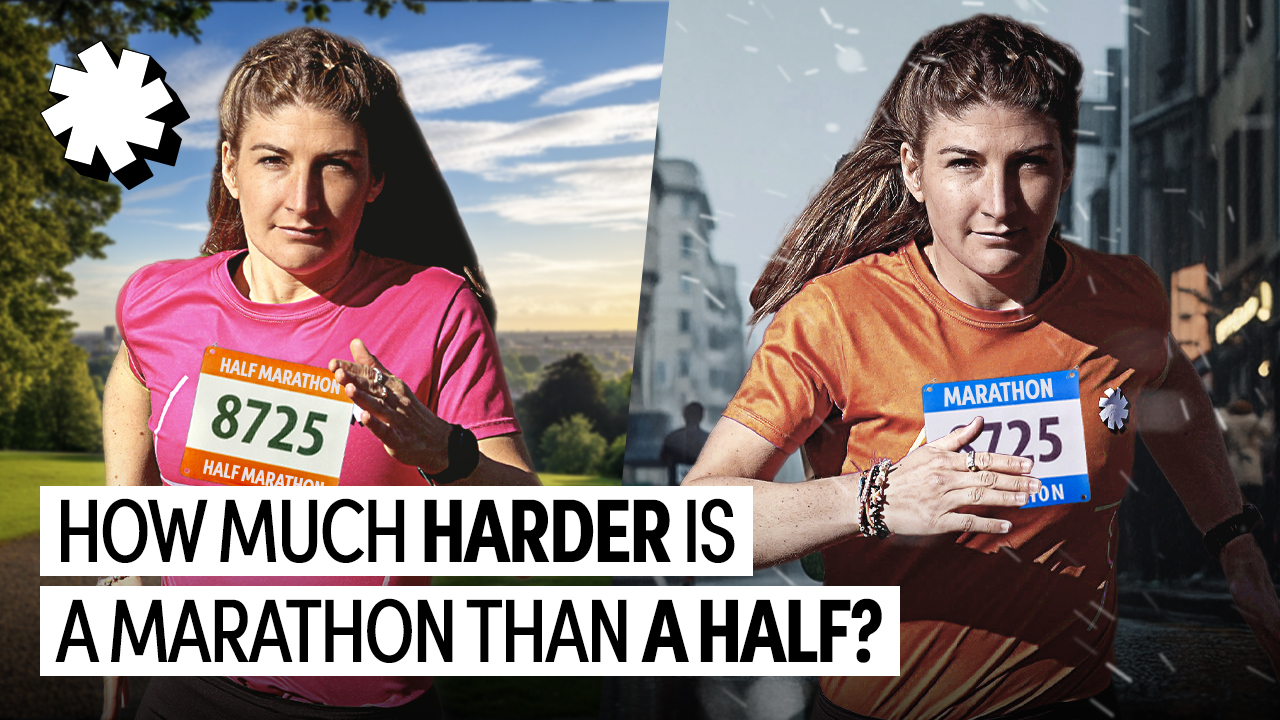

Running News
Ingebrigtsen Stars at World Athletics Indoor Championships 2025 – Plus All The Winners!
Sam Ruthe Is First 15-Year-Old To Run A Four-Minute Mile!
Eliud Kipchoge Will Run The 2025 Sydney Marathon!